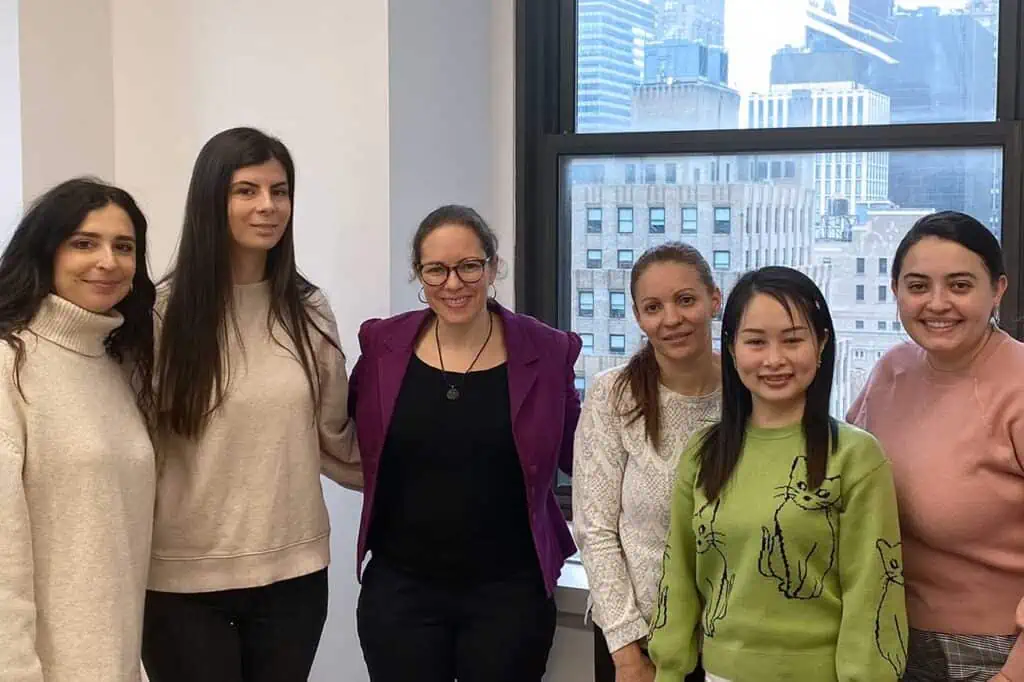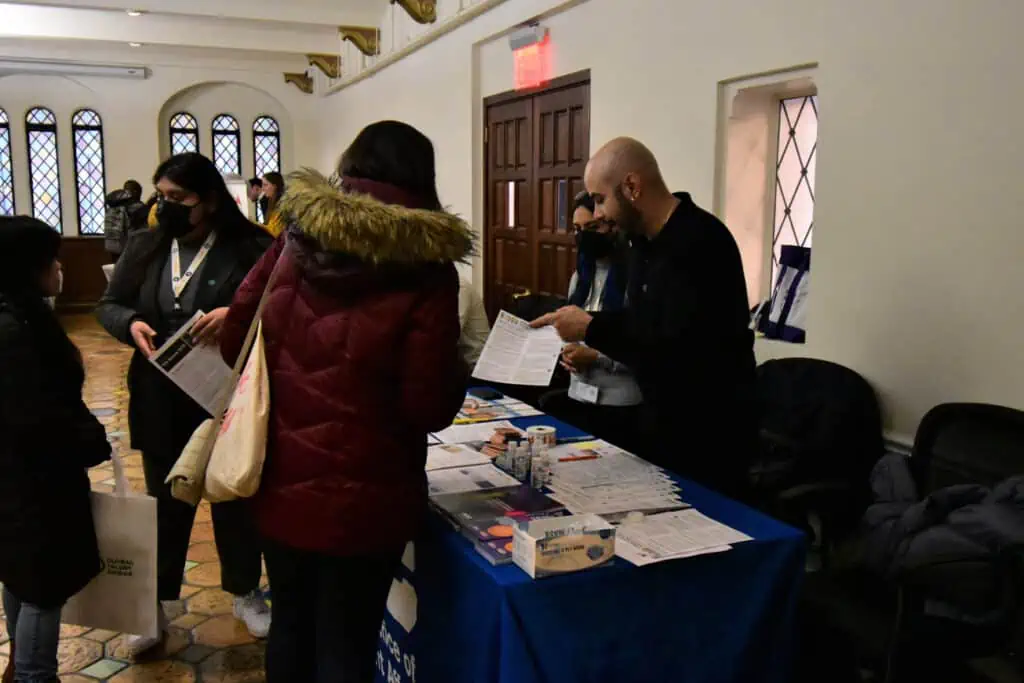New Career Guide for Internationally Trained Architects
Career Pathways in Architecture is our newest installment in the Pathways e-guides series. The new e-guide surveys career and academic pathways in the field of architecture, as well as alternative and related career opportunities. With practical information on relevant academic pathways, licensing and certification requirements, and career options that optimize transferable skills, Career Pathways in Architecture offers step-by-step guidance for internationally trained architects seeking to use their foreign education and experience in the field.
What are the Pathways e-guides? WES Global Talent Bridge’s Pathway series provides comprehensive resources for skilled immigrants to plan their professional futures. The e-guides provide sector-specific advice and resources on academic requirements, career options, and, when applicable, licensing and certification requirements. A one-stop source for strategies, support, and additional resources, the Pathways e-guides are helpful at every step of the journey toward professional success for skilled immigrants in the United States.
How can the Pathways e-guides help architects who want to work in the United States? Although there may be some similarities, such as specific education and work experience requirements, the process for securing licensure as an architect in the U.S. is very different from the professional qualification process abroad. Moreover, In the U.S., licensure for architecture is regulated at the state level.
Career Pathways in Architecture can help internationally trained architects understand the steps involved in obtaining new credentials, and direct them to the appropriate licensing bodies and organizations along the way. The e-guide describes the roles and responsibilities of architects, as well as common job titles in the field and what educational requirements and/or certifications are necessary to qualify for different positions. Because re-licensing can be time- and cost- prohibitive, the e-guides also give special attention to related and alternative careers.
What’s next for Pathways? We plan to publish e-guides in the fields of pharmacy, dentistry, and IT in the coming months. Like Career Pathways in Architecture, the upcoming e-guides will feature:
- Strategies for achieving career success.
- Helpful charts highlighting licensing and certification requirements.
- Interactive worksheets and guides.
- Links to helpful resources in each field.
With these guides in hand, skilled immigrants can navigate their professional fields with confidence and support.
Download the Career Pathways in the Field of Architecture e-guide.
Questions? Comments? We love feedback! Tell us what you think here.
Click here for more from WES Global Talent Bridge.




